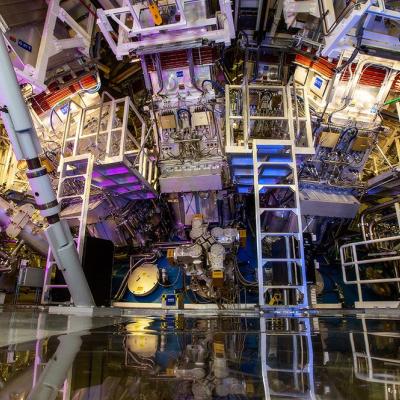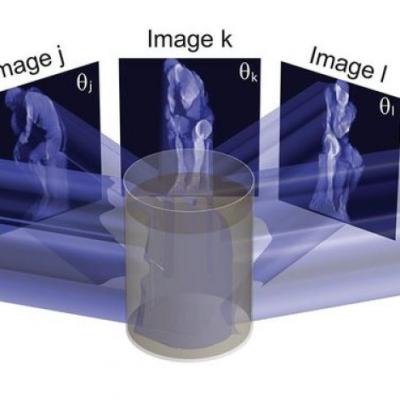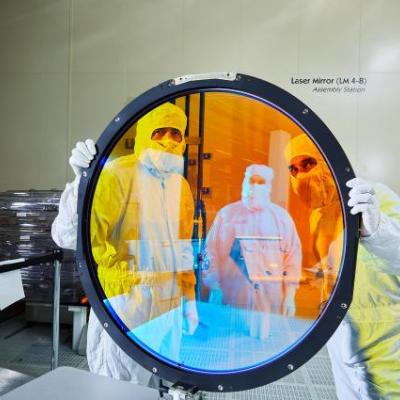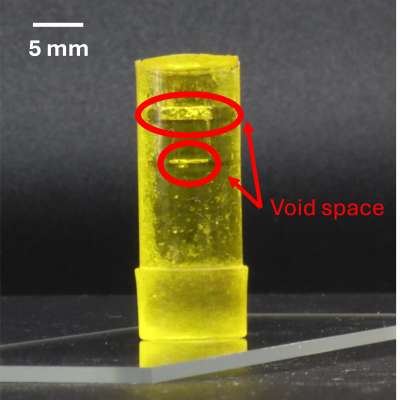This LLNL invention is comprised of (1) a volumetric subtractive manufacturing system which can tomographically manufacture 3D structures with negative features (materials in negative space is degraded with light exposure), and (2) a hybrid volumetric additive/subtractive manufacturing system in which a gelled/solid structure is printed by resin material polymerization using one light, and…
Keywords
- Show all (131)
- Additive Manufacturing (54)
- 3D Printing (8)
- Electric Grid (7)
- Substrate Engraved Meta-Surface (SEMS) (7)
- Carbon Utilization (6)
- Compact Space Telescopes (5)
- Synthesis and Processing (5)
- Diode Lasers (4)
- Laser Materials Processing (4)
- Materials for Energy Products (4)
- Precision Optical Finishing (4)
- Direct Air Capture (3)
- Manufacturing Automation (3)
- Microfabrication (3)
- Optical Damage Mitigation (3)
- RF Photonics (3)
- Fiber Lasers (2)
- Inertial Fusion Energy (IFE) (2)
- Manufacturing Improvements (2)
- (-) Volumetric Additive Manufacturing (2)

This novel detector for characterizing IFE implosions is an alternative to the current RTNADs to measure neutron fluxes > 3x1011 neutrons/cm2 at high shot rates. The detector consists of a stack of small square metal wafers separated by thin insulating spacers. Every other wafer is held at high voltage while the remaining wafers are grounded. The stack acts as an…

LLNL has developed a system and method that accomplishes volumetric fabrication by applying computed tomography (CT) techniques in reverse, fabricating structures by exposing a photopolymer resin volume from multiple angles, updating the light field at each angle. The necessary light fields are spatially and/or temporally multiplexed, such that their summed energy dose in a target resin volume…

The LLNL method for optimizing as built optical designs uses insights from perturbed optical system theory and reformulates perturbation of optical performance in terms of double Zernikes, which can be calculated analytically rather than by tracing thousands of rays. A new theory of compensation is enabled by the use of double Zernikes which allows the performance degradation of a perturbed…


